Scheduled Chimney Checks to Keep Your System in Top Shape
Regular chimney inspections are essential for maintaining safe and efficient fireplace operation. They help identify potential issues before they become hazardous, ensuring the safety of the household and the longevity of the chimney system.

A properly installed chimney cap prevents debris and animals from entering and damaging the chimney.

Inspecting the liner ensures it is intact and free of cracks or blockages that could cause smoke or carbon monoxide to enter the home.

The damper controls airflow and should operate smoothly to prevent heat loss and ensure proper ventilation.
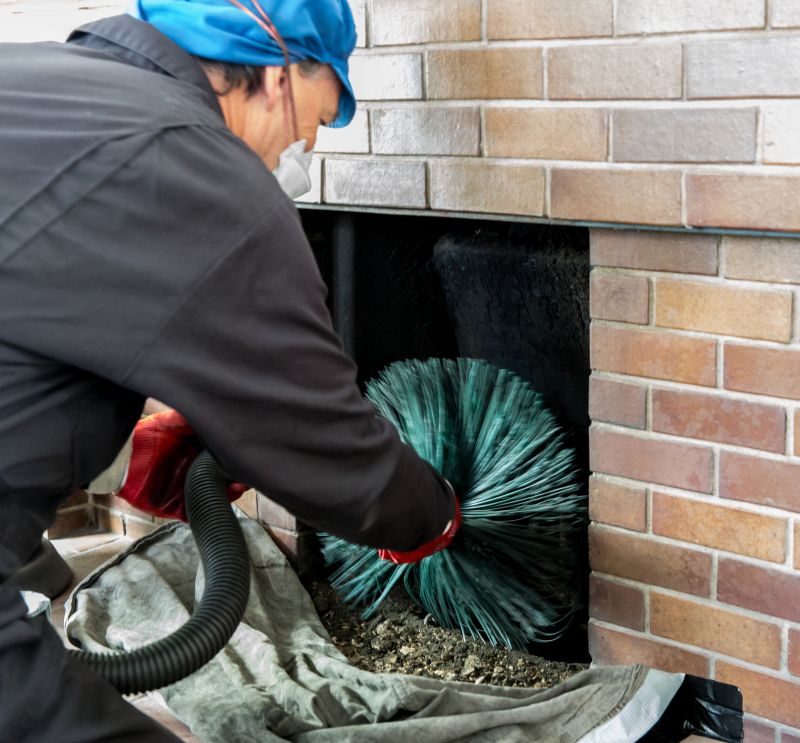
A clear and well-maintained opening allows for safe and efficient fireplace use.
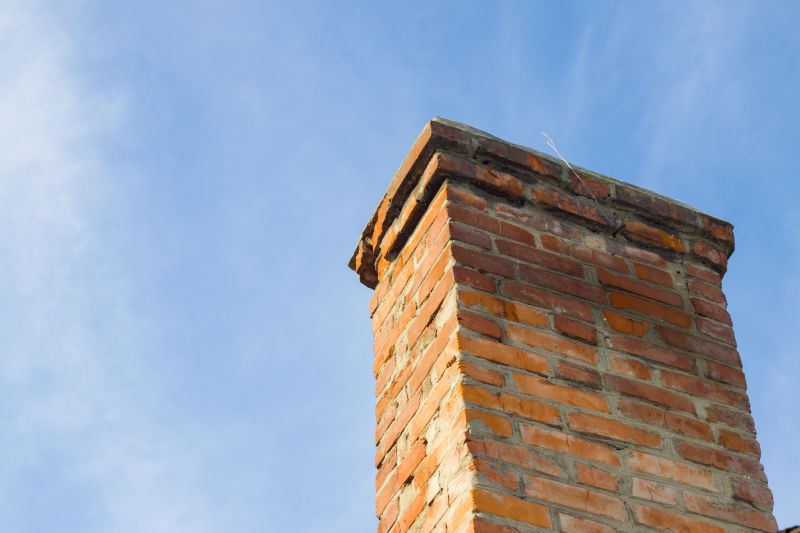
Inspection of the interior reveals creosote buildup, obstructions, or structural issues.
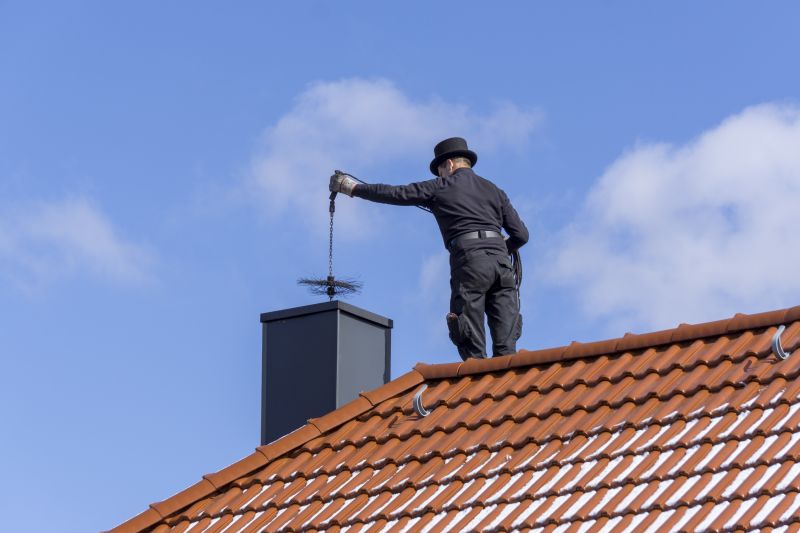
Exterior inspection checks for cracks, deterioration, or damage caused by weather exposure.

A solid crown prevents water infiltration and protects the chimney structure.
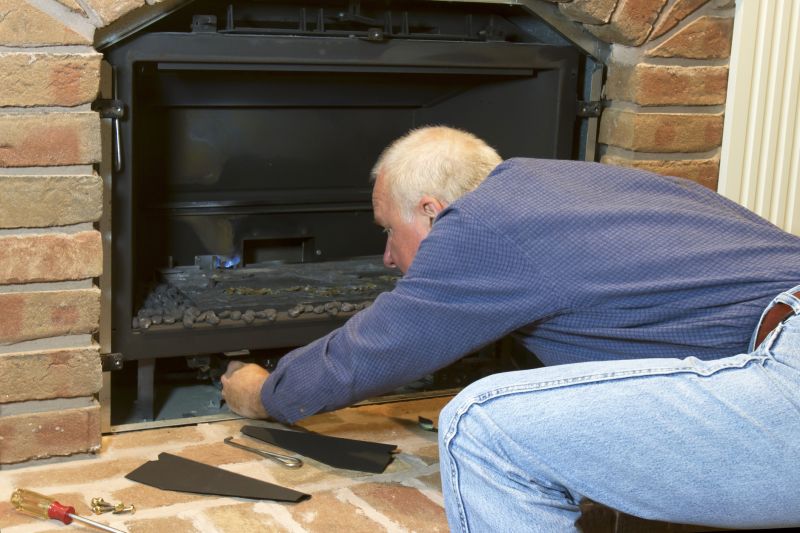
Properly maintained wood fireplaces ensure safe operation and efficient heat output.
Key components of a chimney include the chimney cap, liner, damper, and crown. Each plays a vital role in ensuring the safe and effective operation of a fireplace. The chimney cap prevents debris and animals from entering, while the liner protects the chimney walls from heat and corrosion. The damper regulates airflow, and the crown shields the chimney top from water damage.
Failure to properly inspect and maintain these components can lead to dangerous situations, such as chimney fires, smoke leaks, or carbon monoxide intrusion. Regular inspections help detect issues early, preventing costly repairs and ensuring safe fireplace use.
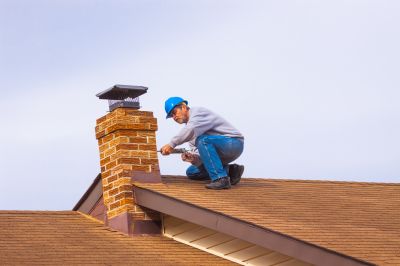
Cracks in the liner can allow heat and gases to escape, increasing fire risk.
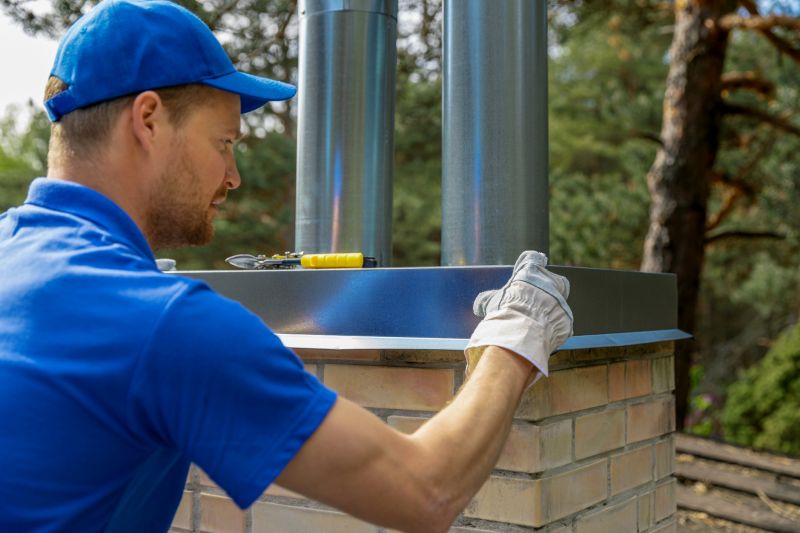
A damaged cap may permit debris entry or animal intrusion.
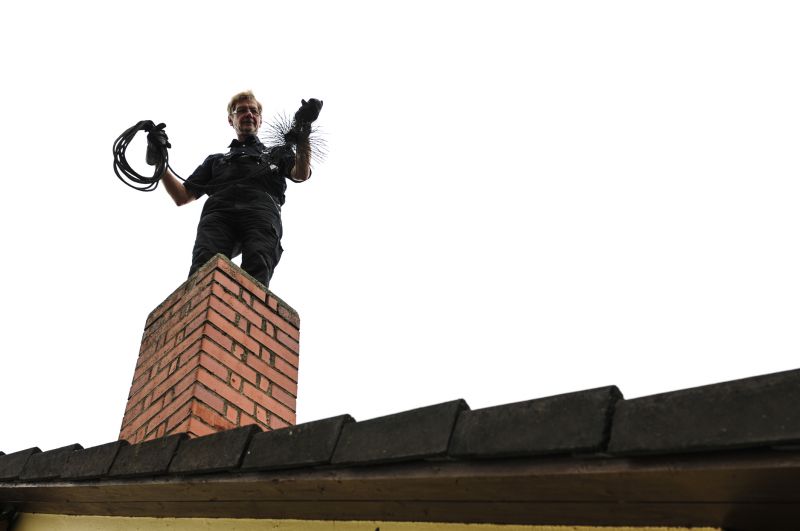
Accumulation of creosote increases the risk of chimney fires.

Deterioration caused by water can weaken the chimney structure.

A compromised crown allows water infiltration and structural issues.
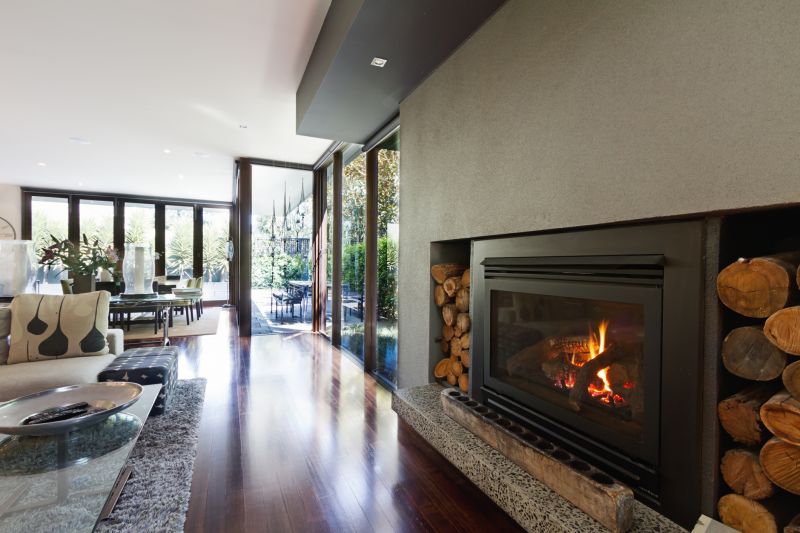
Ensuring proper venting improves safety and efficiency.
Routine chimney inspections are crucial for detecting issues such as creosote buildup, structural damage, or blockages. Addressing these problems promptly maintains safety and prolongs the lifespan of the chimney system.
Contact today to request a quote for professional chimney inspection services and ensure the safety and efficiency of a wood burning fireplace or chimney system.
